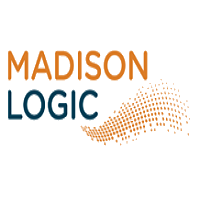
Madison Logic
Madison Logic’s global account-based marketing (ABM) solution empowers B2B marketers to convert their best accounts faster. By integrating the ML Data Cloud with CRM and marketing automation platforms, intent data, and more than 20 other datasets, marketers execute a unified activation strategy across the funnel with ABM Advertising and ABM Demand Generation to align with sales, accelerate the buyer journey, and drive growth.